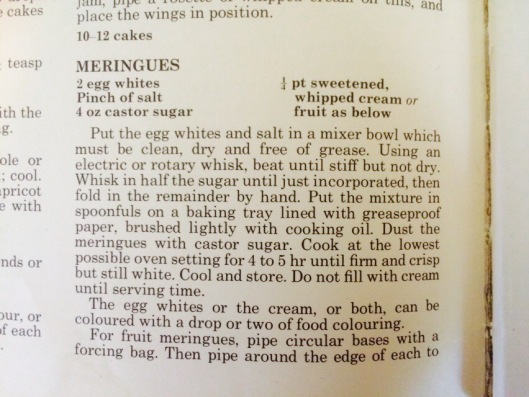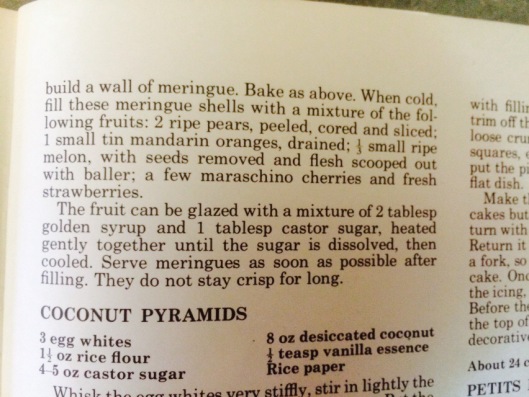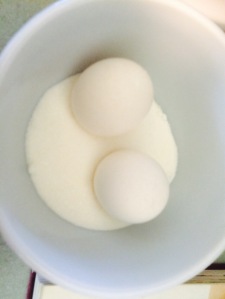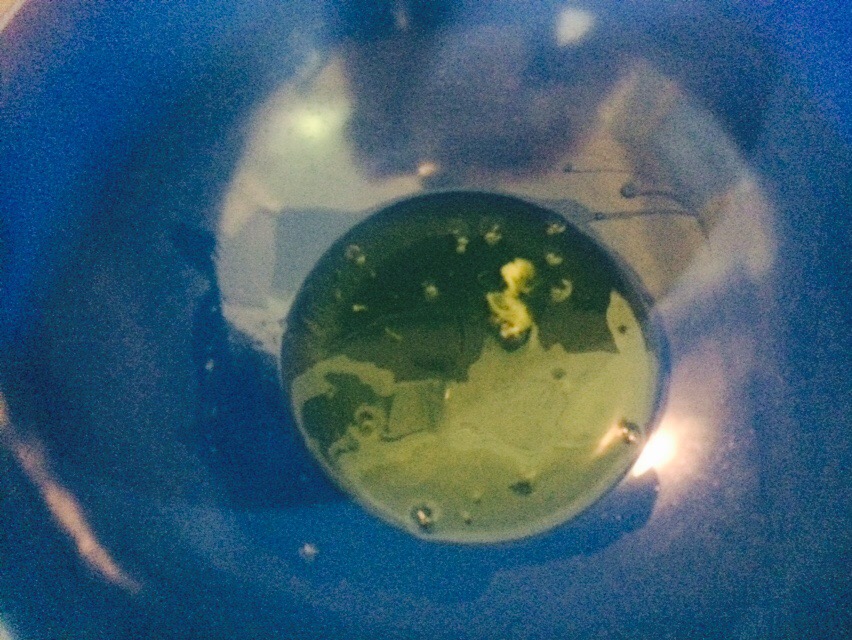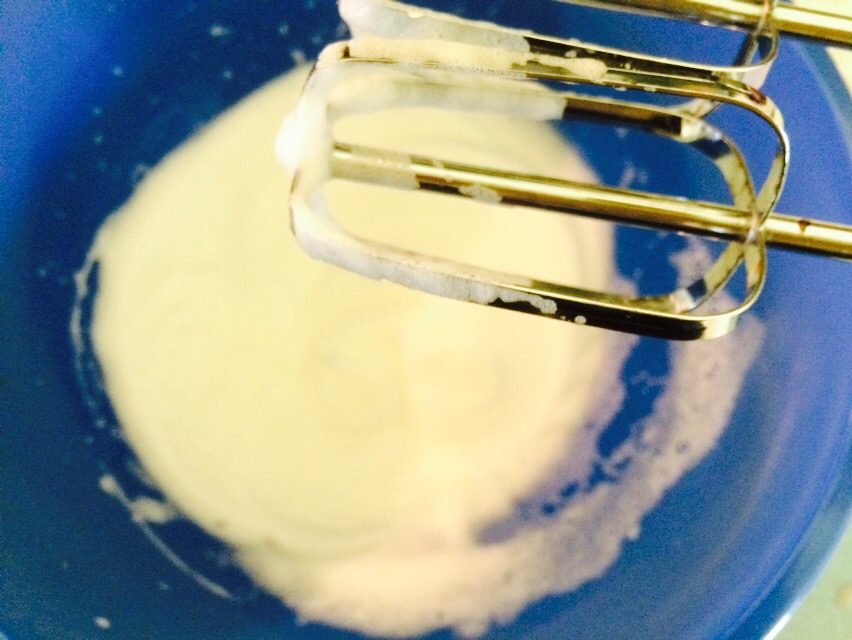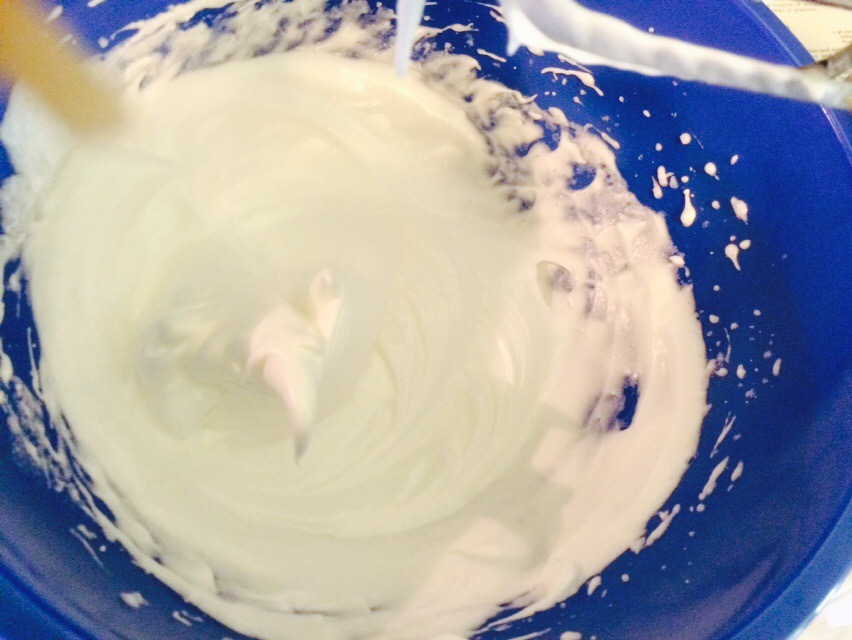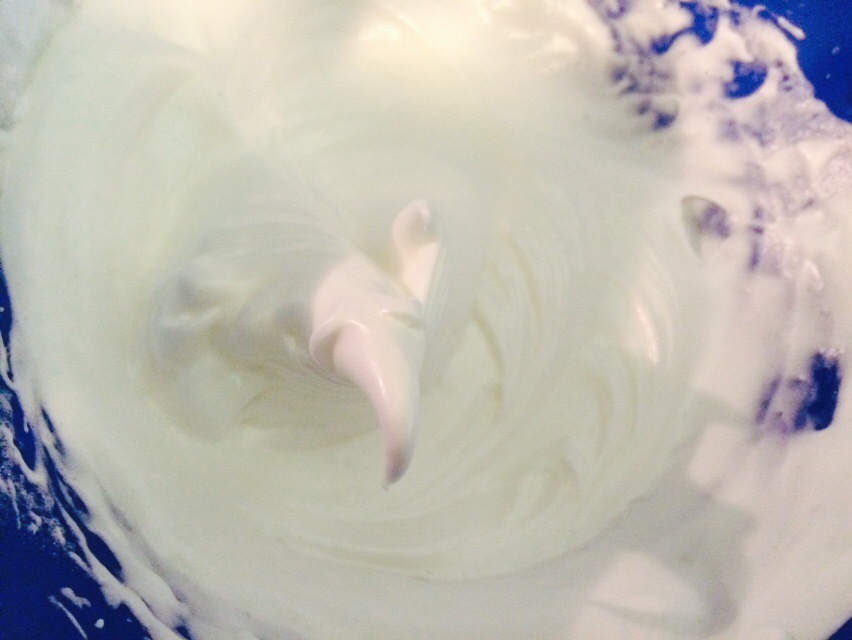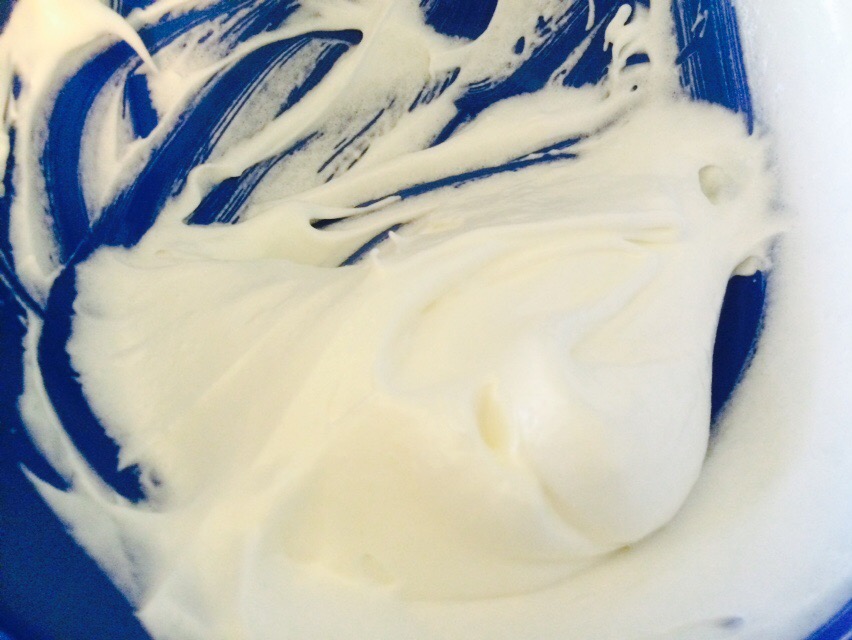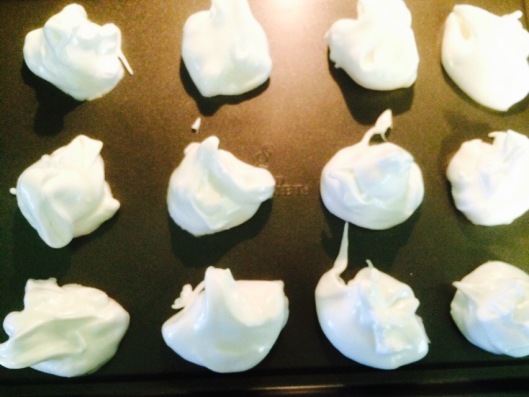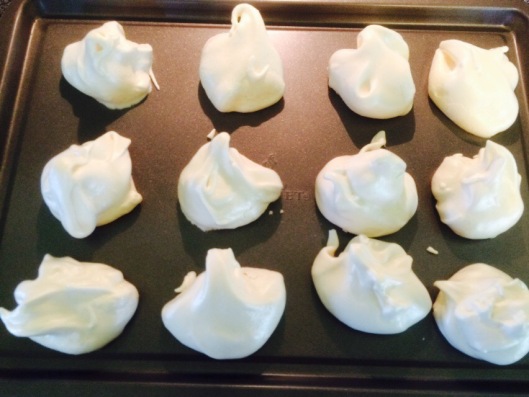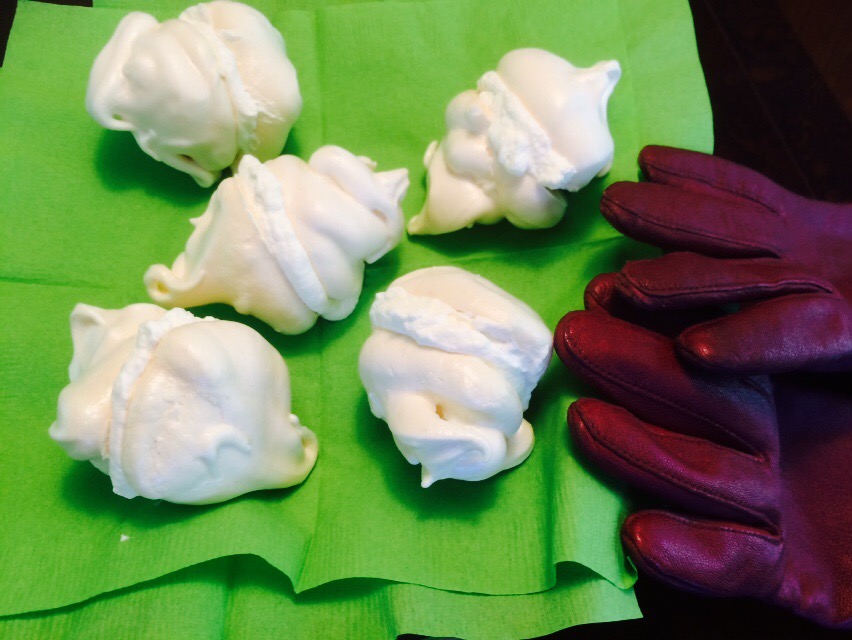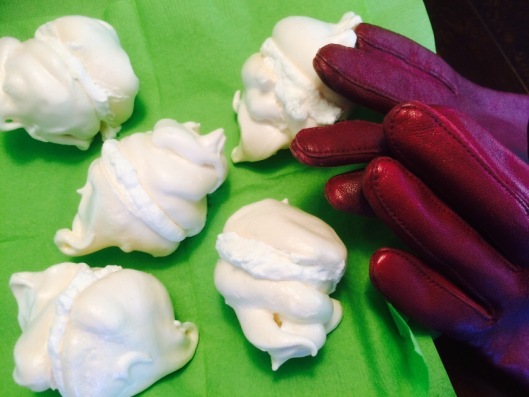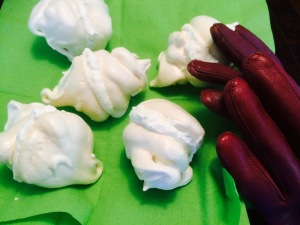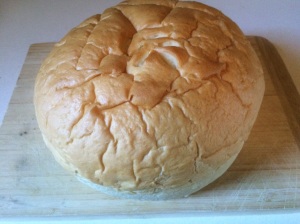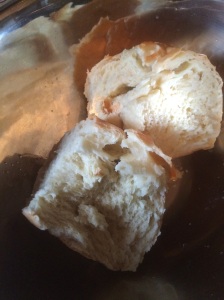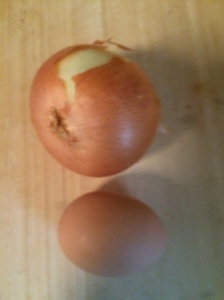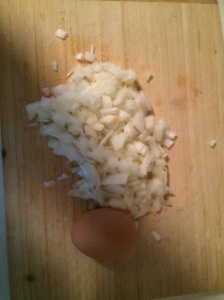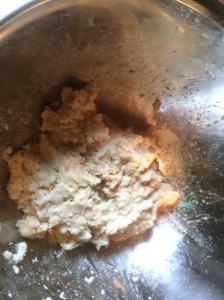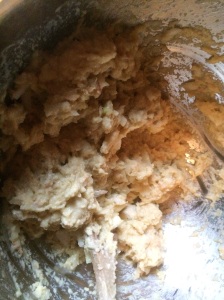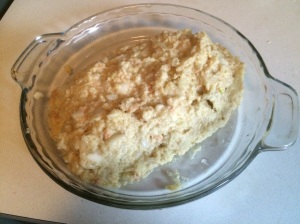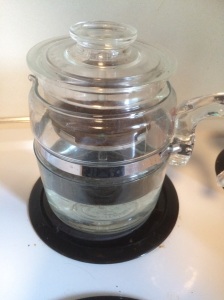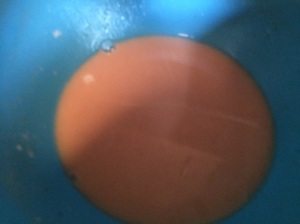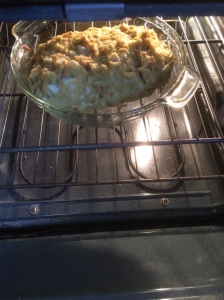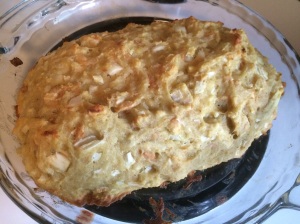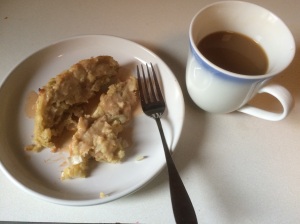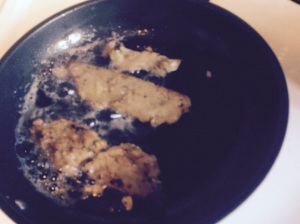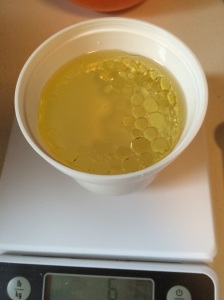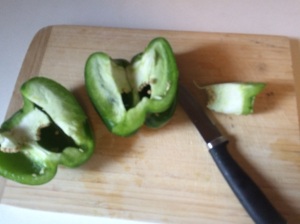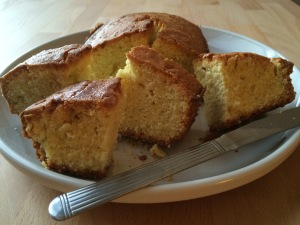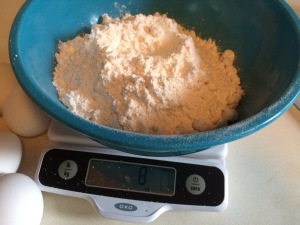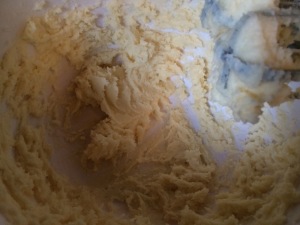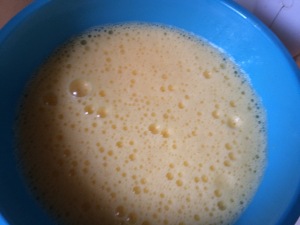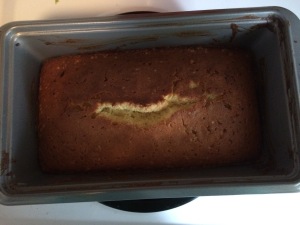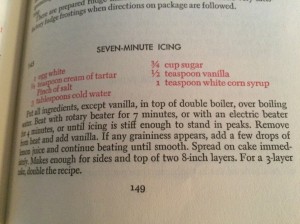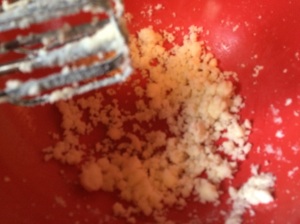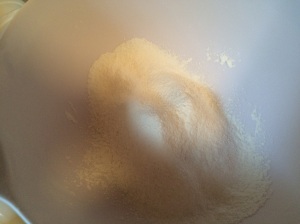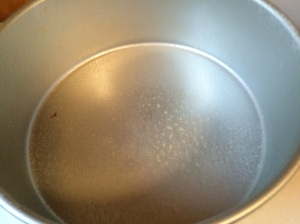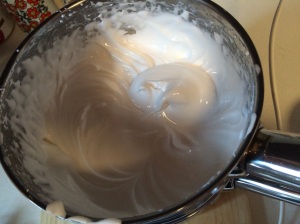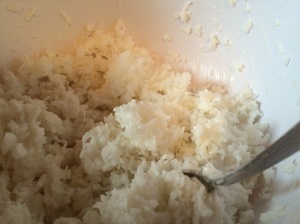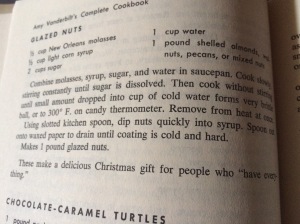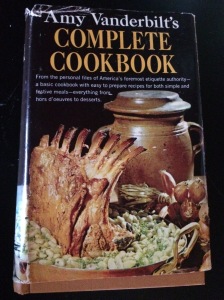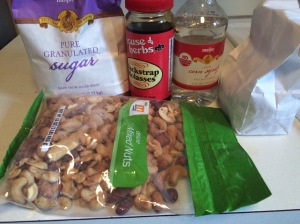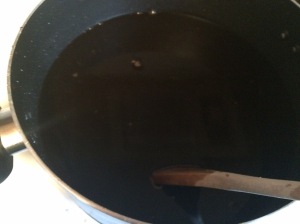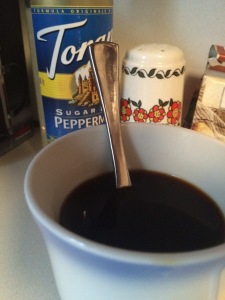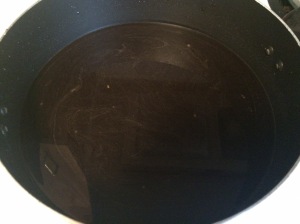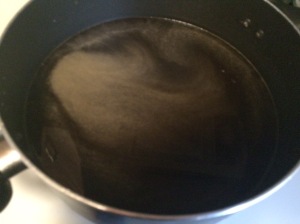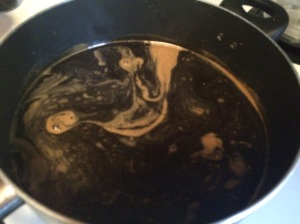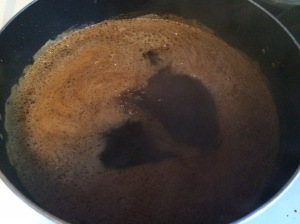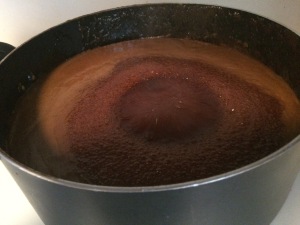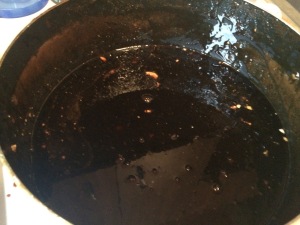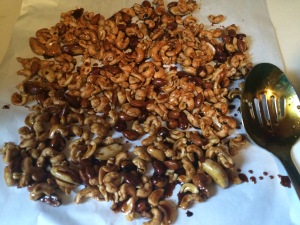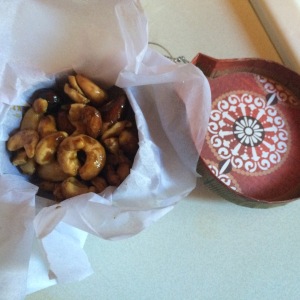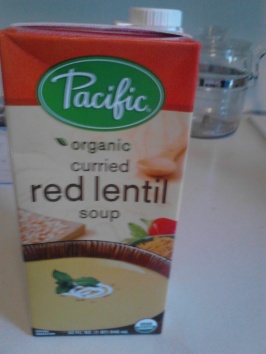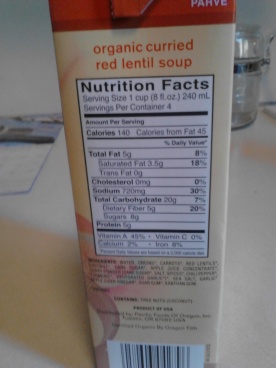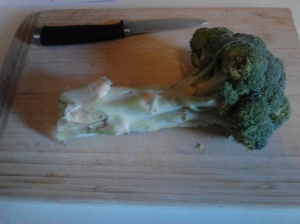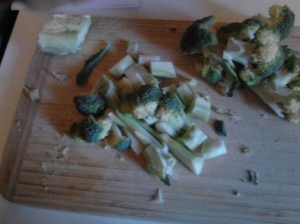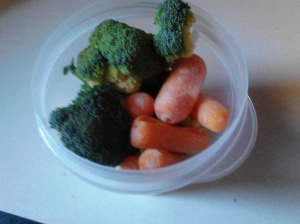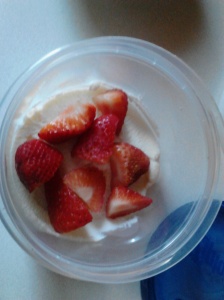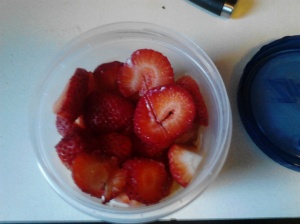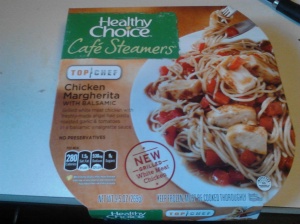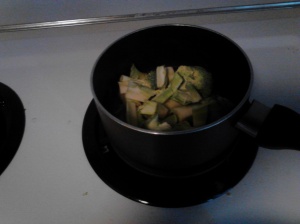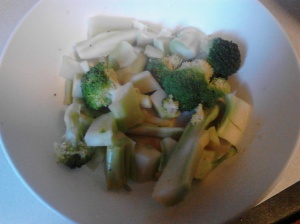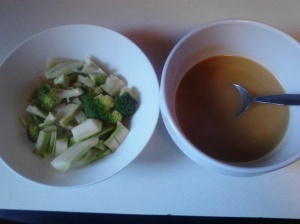More context (all food related): I mentioned in Part 1 that Joan Aiken’s writing is very British, very atmospheric, and for detailing’s sake often runs to food porn.
I also mentioned that “The Birthday Party” is very much a story of its time and place, covering a middle class children’s party in England in the 1970s. Per usual for Aiken, food helps paint the scene.
Early in the party, when it’s time to eat,
“[Juniper–our ‘heroine’] managed to grab beside a large plate of meringues. These were homemade by Sigrid [the birthday girl]’ mother, large pale golden brown ones, lined with thick cream. Before anybody noticed, Juniper had eaten ten out of the thirty.”
Two points here about meringues:
-You’ll find them in upscale bakeries in the US, but not sold in packs of four in the WalMart bakery. You will find them in grocery store bakeries in England.
You will also likely not find meringues on the menu for a tenth birthday party in the US, and I suspect (though someone correct me if needed) you’re less likely to find them at such a party now than you were 40 years ago.
-Meringues are not a convenience food. They’re not as difficult as I’d feared they’d be, but mom’s not making them for kid’s party unless, like Sigrid’s mother, she’s a “noted cook” with domestic time on her hands (as a suburban housewife in 1970s England likely had.)
It’s likely the author only chose meringues as a standard party food on which to build some dark humor and character moments. As the next lines go:
“Then Sigrid’s aunt saw what was happening and hissed to her sister, ‘For heaven’s sake, get the meringue plate away from that fat redhaired girl, or there won’t be any left. No wonder she’s so fat! And what a dress to go with red hair–black and pink!'”
But it turns out, for us, the meringues are a strong indicator of time and place.
Which may be part of the reason I remembered them all these years later and decided to dig up this story and reproduce them.
The Recipe
For interest’s sake, here’s the rest of the party spread:
“mushroom quiche, sausages, brandysnaps, homemade cheese straws, candy apple pie, and a huge birthday cake.”
As a kid-reader befuzzled by the notion of homemade cheese straws, and food centered in general, I looked up each one of these items (birthday cake included) in my mother’s 1973 edition of Mrs. Beeton’s cookery book.
Counting the *not candy* apple pie, they all had recipes. Are we sick of the phrase “quintessential middle class 1970s English children’s birthday party” yet?
Naturally, there’s a recipe for meringues in Mrs. Beeton’s as well, and I’m willing to bet Sigrid’s mother owned the most recent (to her) edition of Mrs. Beeton’s.
Sigrid’s mother probably also had this recipe down from memory, but as my own last attempt at meringues from memory resulted in black smoke pouring out of the oven that smelled bizarrely like french toast, here’s what I referred to:
Mrs. Beeton’s Meringues:
And if you’re interested in those Coconut Pyramids: 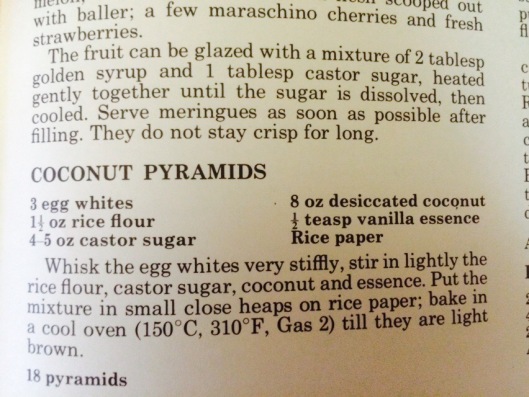
The Ingredients:
Are pretty standard.
Weight rather than volume measures are common in British recipes, so I broke out the kitchen scale.
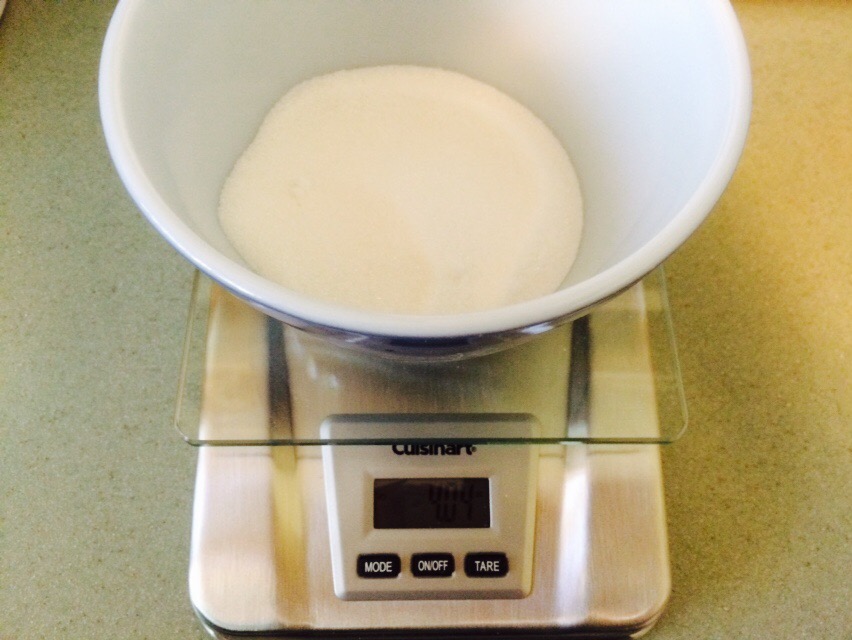
Months after the fact, I realize to be period accurate, I should’ve broken out the non-digital scale. I am sorry for missing my own point.
That was granulated sugar.
Apparently granulated sugar is coarser in the UK that in the US, so it’s fine (pun) to use US granulated sugar if a recipe calls for castor sugar.
No wonder so many UK recipes I’ve tried in the US have turned out unexpectedly okay.
Today, I would use preseparated egg whites, and my research found these may have been available in the time period I was aiming for.
I think it’s more likely that Sigrid’s mother, as a dedicated housewife, would use whole eggs, and save the yolks for a custard to go with that candy apple pie.
So I separated the eggs using the shells, pouring the yolks from shell half to shell half while dropping the whites in the bowl, and reserved my own yolks to make a banana custard later. I had a happy family that Saturday.
Thank goodness electric mixers were common by the 1970s.
You can tell the raw meringue (which is edible and delicious in this form, by the way) is ready when it’ll stand in free-forming lumps on the cookie sheet.
I might need to whip this a little more to achieve true pipe-ability, but at least its better than the eggwhite puddles that went in the oven and produced black smoke.
I didn’t leave these in the oven for the full four hours, but still had more than enough time to whip cream.
As therapeutic as it is to do this by hand, thank goodness again for electric mixers.
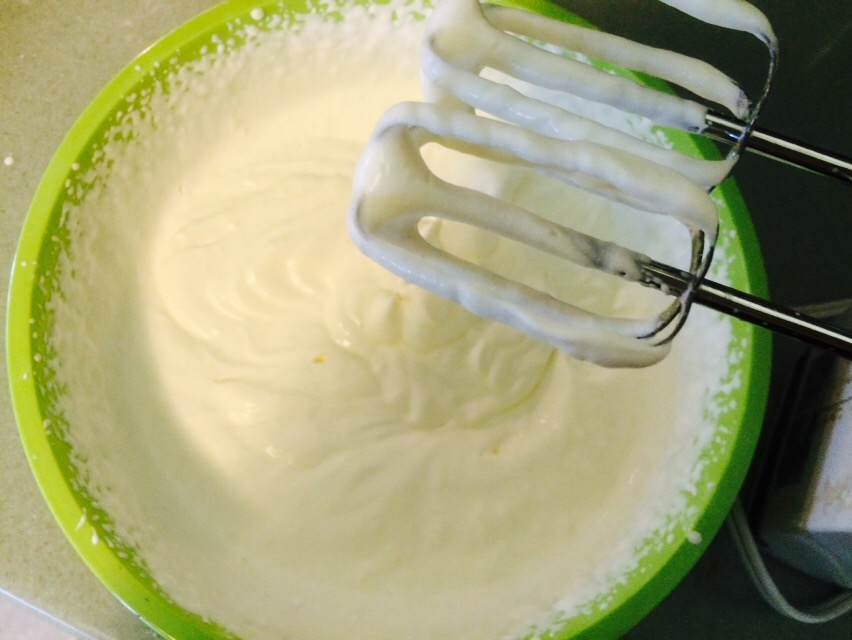
Incidentally, this is organic cream and about the best thing I tasted all spring. I used it because it was all I could find at the store I’d stopped at, but we can also assume Sigrid’s mom is buying this from the farmer outside town.
I got leery of burning the meringues (see “black smoke PTSD”), so took them out when they were hard, after about two hours.
Some more time in the oven would probably achieve Aiken’s “golden brown”, but they’re just as tasty white.
I know that because I tested a couple before pairing the rest based on shape, and sandwiching them with cream.
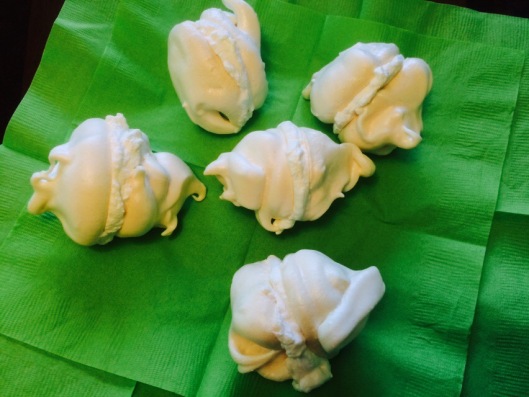
Amazingly, they stuck together.
Look at this contrast in textures. 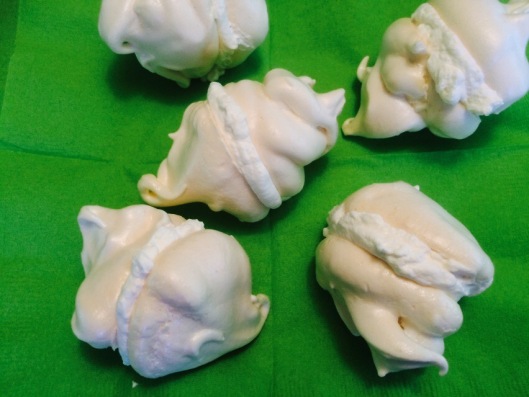 Dang I want one of these now.
Dang I want one of these now.
Or ten.
Here are Juniper’s now-red ambulatory gloves going back for leftovers before wreaking havoc.
Mmm.
RIP, Ms. Aiken. I sadly missed your death day by about half a week.
Until soon,
The Coconut Lady

